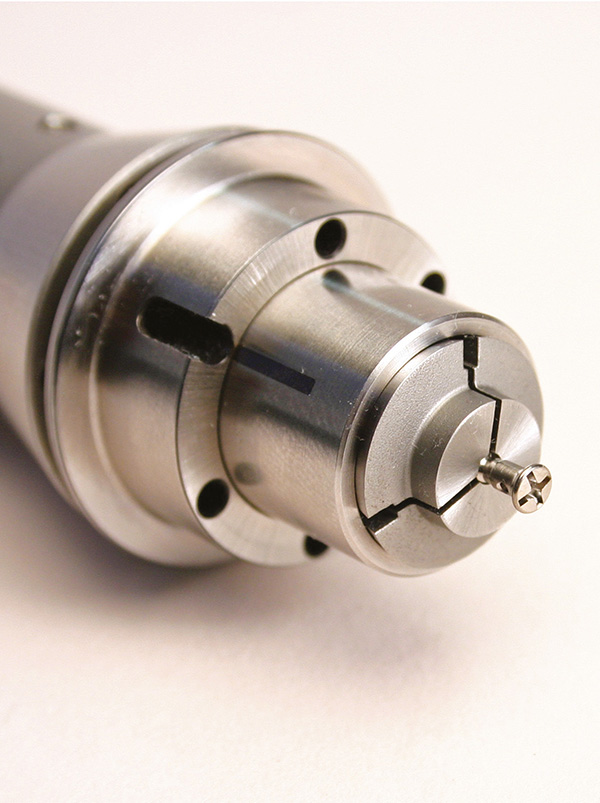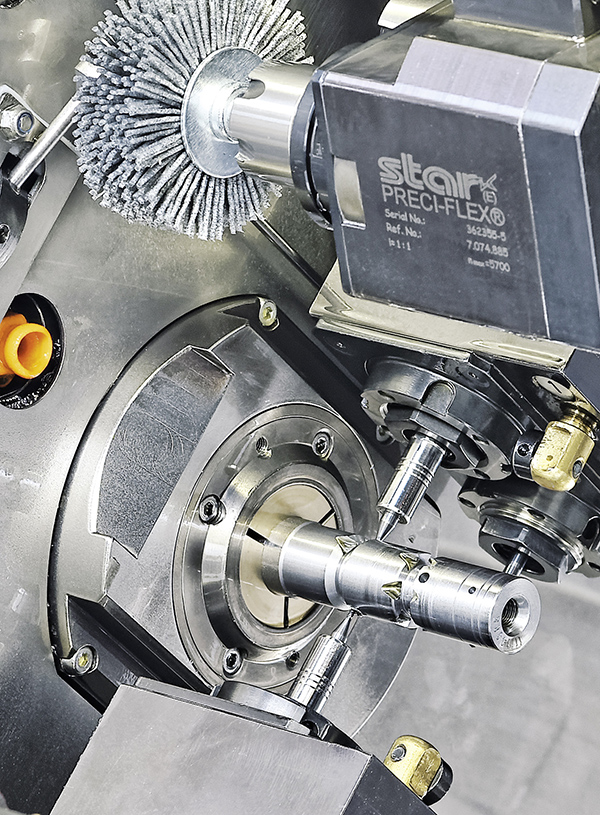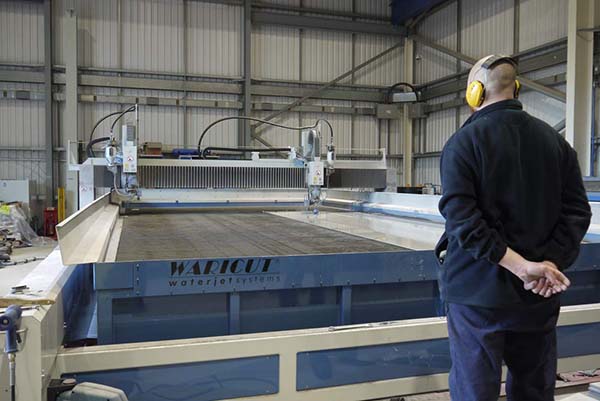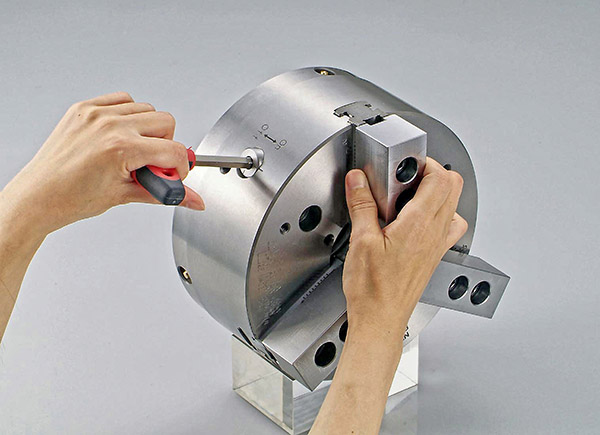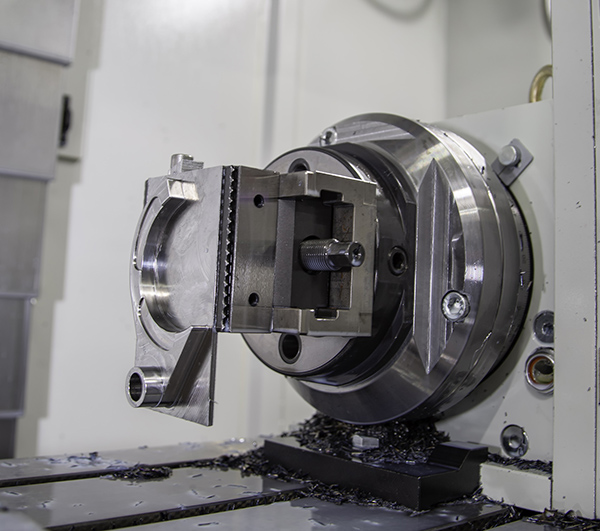MASA’s range of Microconic work-holding systems for the sub-spindle clamping of small workpieces in sliding-head lathes such as those manufactured by Tornos, Citizen and Star, is now extended following product launches at the recent IMTS (Chicago) and AMB (Stuttgart) exhibitions.

Previously, the system was only available for F20 and F25 style collets. However, MASA has extended this line-up to add the F37 (1536E) cartridge for 32 mm diameter capacity machine tools, as well as the F20-201 (136E) system that is specific to Tornos machines. Availability in the UK is via Floyd Automatic Tooling.
Microconic work-holding systems consist of a cartridge and precision collet. The collet fits inside the cartridge and is adjusted before being fitted directly into the existing collet sleeve. No machine adaptations are required.
Featuring clamping diameters from 0.2 to 10 mm, the collets offer a concentricity level of 3 to 5 µm. The cartridge system incorporates a solid extended nose that is said to be rigid and robust. Of note, the device has the facility for micron-adjustment of the collet closure, ensuring that even the most fragile of components can be clamped. These hardened and ground cartridges can also be used as gauges to verify machine spindle accuracy.
The cartridge/collet combination can accommodate openings beyond 4 mm larger than the clamping diameter (depending on the application). This flexibility gives the production engineer the possibility to machine the part the other way around, which can often improve cycle times.
Microconic collets are available in 0.05 mm increments, from 0.22 up to 10 mm diameter. Each collet has a nominal clamping range from 0.05 to 0.1 mm, depending upon the chosen collet diameter.
For further information www.floydautomatic.co.uk






